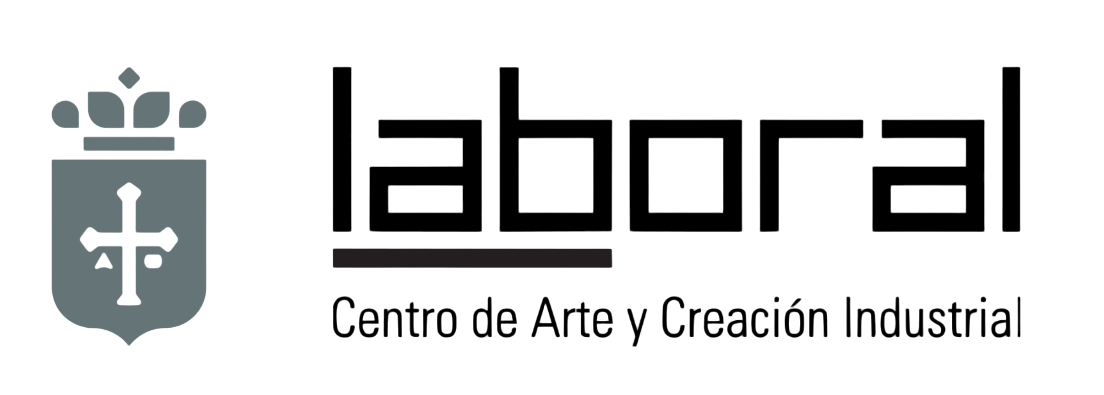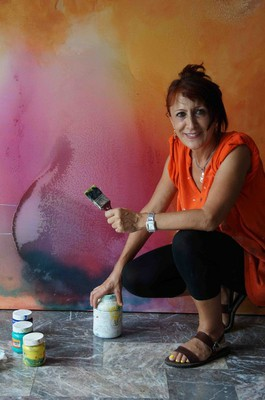Moreda de Aller, 1954. Lives and works in Oviedo
Encarna Díaz Velasco has been exhibiting her work in Europe and America for 41 years and has a great energy and interest in experimenting continuously. Her inspiration comes from wherever she finds herself, society, nature and her constant travels that inspire her, all of which encompass her artistic career.
Asturias is her native land (Moreda de Aller), where she first experimented with sculpture at the age of 6, perhaps influenced by her paternal grandfather who was an artisan and carved stone and wood, or by her father, who gave her a small knife to carve a wolf’s head in a talc stone, and her mother who gave her what she needed to develop in the artistic world. From that moment on he began to love everything related to art.
For family reasons he spent his adolescence in Valladolid, where he married and studied at the School of Applied Arts and Artistic Trades. At the age of 20 he returned to his homeland where he continued to paint. In the 70s he was influenced by artists such as Tapies, Lucio Muñoz, Millares, Dubuffe, Lucio Fontana, Pollok, etc.
His first studio was in the kitchen of his home. From 8 p.m. onwards, he would put his children to bed and set up the easel and a large board as a table, turning it into a studio where he worked until the early hours of the morning.
The first stages of his production were figurative, portraits, seascapes, still lifes.
He gave painting classes in town halls and cultural centres all over Asturias. His career has not been linear. He experimented with painting, sculpture, photography, engraving, murals and ceramics. Figuration and abstraction have been part of his career.
His first exhibition was held at the Asturian Centre in Oviedo in 1979, with figurative works. In 1987 he held his first abstract exhibition in the exhibition hall of the Banco Bilbao in Oviedo, followed by more than 50 individual exhibitions in Europe and America, Paris, Brussels, Vienna, Mexico City, Mérida Yucatán, Monterrey, Campeche etc. and more than 50 group exhibitions, prizes and special mentions. He travelled and worked in Brussels and Paris.
The role of love and life has been a constant in his work.
In the last stages of his life he graduated in Art History at the Faculty of Geography and History of the University of Oviedo, Asturias, Spain. Later she did an international doctorate on the figure of the painter, engraver and muralist Fernando Castro Pacheco at the same University, for which she did research at the UNAM (Autonomous University of Mexico), which allowed her to make long stays in Mexico, the country where she spent her last period, enriching her artistic work thanks to contact with the Mayan culture, generating groups of friendships that relate her to art on a worldwide level.

